Applications of diamonds
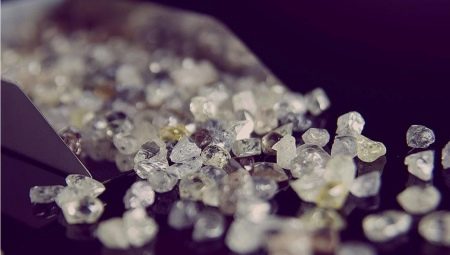
Diamonds are appreciated not only in the jewelry industry - they have a wider range of applications. The amazing properties of the mineral allowed people to use it in the technical industry and even in medicine.
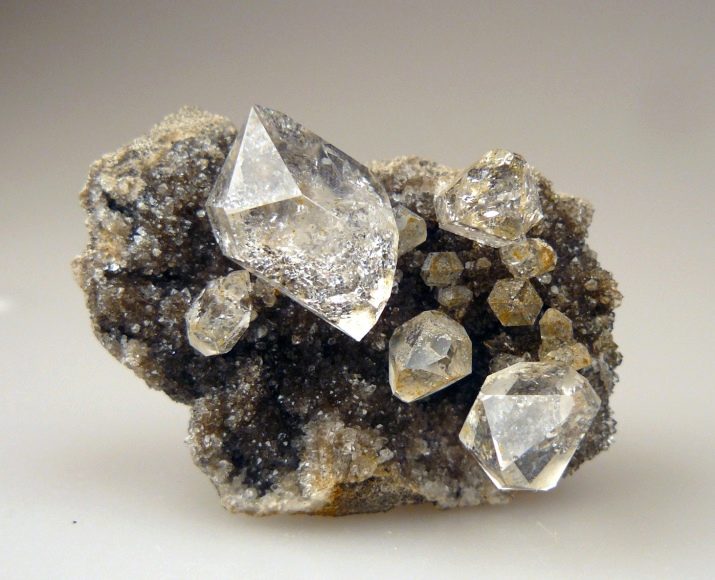
Peculiarities
The unique properties have made the diamond a sought-after person. Excellent jewelry is made from it, since no other mineral has such a radiance that a stone has. However, there are other purposes where the physical and chemical qualities of the stone are in demand.
It is the hardest mineral with a Mohs score of 10. Its hardness depends on the direction of the molecules. Sharp edges do not break off and withstand even strong mechanical stress.
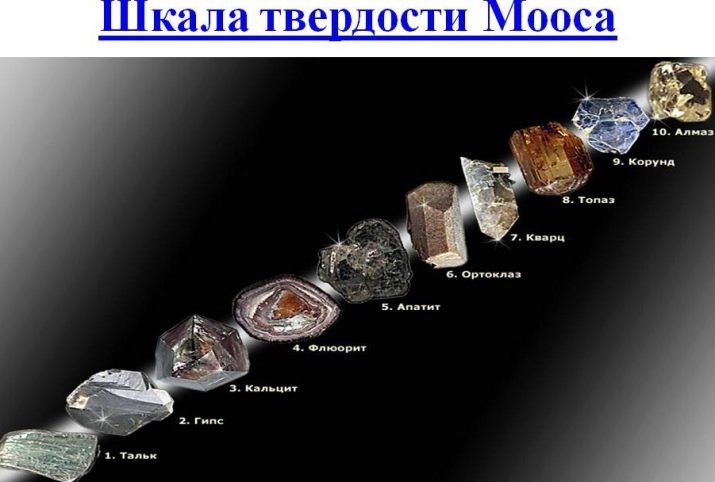
Diamond is optically isotropic, but sometimes anomalous double refraction occurs. Some types of mineral inclusions are typical for this stone. It is well wetted with oils and is characterized by high refractive index (2.42), but has a relatively low density (3.52).
Diamond is characterized by high thermal conductivity. It is transparent in X-rays and exhibits a slight blue glow. The described mineral has a high dispersion (0.044).
Not everyone knows that a mineral can vary in color, the cost of the product depends on it. The stone can be completely colorless, transparent or yellow, even light brown.
The darker it is, the lower its cost.

Colorless diamonds are in great demand because they sparkle amazingly in jewelry. These copies are used in jewelry, the rest - in industry and other areas. Completely colorless diamonds are rare, so they sell for a higher price.

Application in the technical industry
In the past few decades, people have been improving technologies more and more, thereby simplifying their lives. Once the diamond was used only in the manufacture of jewelry, then it was adapted as a tool for sharpening knives, for dressing grinding wheels. Today the scope of use has expanded significantly, now the mineral is needed:
- for sharpening skates;
- in electronics;
- when creating telecommunications;
- in medicine;
- chemical industry;
- as a defense mechanism.
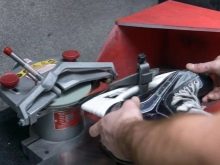
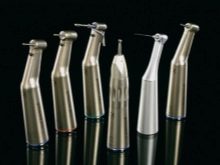

Optical lenses can be protected by diamonds from destruction by hydrofluoric acid, hence new achievements in the field of astronautics and quantum physics. Laser technology is also not complete without diamonds.
All tools that have diamond grit in their design can be used for cutting and processing hard materials. Basically, these are two areas: cutting and drilling.
As practice shows, such equipment has increased wear resistance and allows to increase the operational life of products. Diamond grit is used as a special spraying on drills, grinding machines, routers and other devices.
Thanks to the chips, it was possible to increase the accuracy of cutting without torn edges.

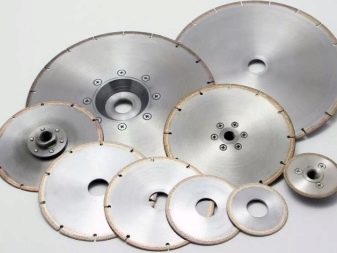
If a diamond drill is used, the chances of the hole being rough, chipped or cracked are minimized. This is important when laying water supply, cable power lines, water supply.

The use of diamond in jewelry
Diamonds are the world's most precious stone, forming billions of years below the earth's surface. The tremendous pressure and heat of the earth's mantle transforms carbon into a marvelous stone, most coveted by many. When creating jewelry, such qualities of diamonds are taken into account as:
- Colour;
- clarity;
- number of carats;
- fluorescence;
- cut.
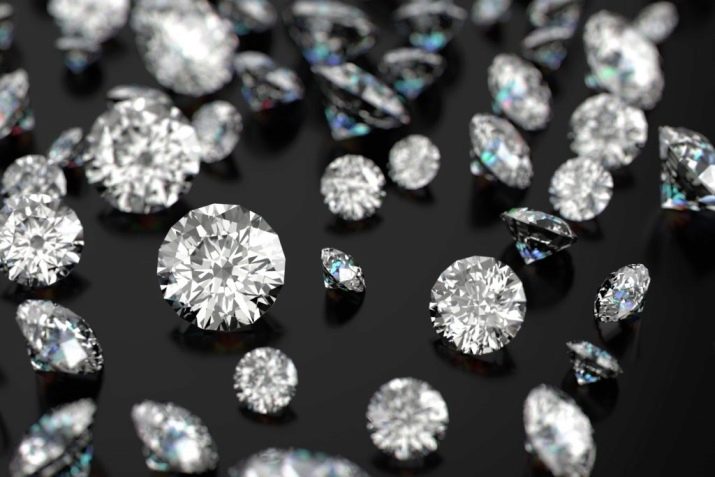
Most diamonds are yellowish. Truly colorless diamonds are extremely rare and very expensive. The color of a diamond is rated on a scale ranging from D, which is "colorless," to J, which is "nearly colorless."
Some people even prefer yellowish diamonds because they give off colored sparkles when exposed to light, while in fact, completely transparent minerals can appear icy blue.

The clarity of a stone is determined by how many defects or "inclusions" are inside the diamond. This quality is examined under high magnification. A badly flawed diamond will not shine the same way as a flawless diamond.
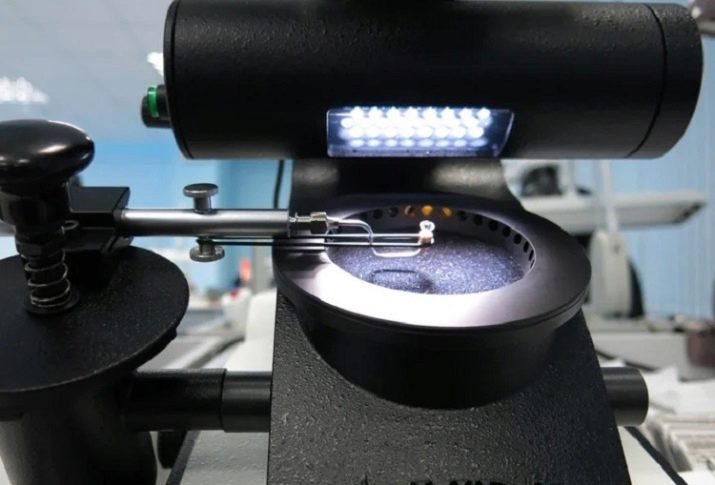
Clarity is rated on the following scale:
- VVS1-VVS2 - a small number of inclusions;
- VS1-VS2 - a little more inclusions;
- S1-S2 - slightly more inclusions.

All this is not visible to the naked eye. Truly flawless diamonds that are F-marked are very rare and expensive and are not usually found in ordinary jewelry stores.
The way a diamond is cut is the most important determinant of whether a mineral will be attractive. Working marked "excellent" or "perfect" means that the jeweler has made sure that the diamond is cut proportionally. Poorly cut will not sparkle or shine properly because light will not reflect through the stone the way it should. Even its imperfections, such as yellowish color, are difficult to consider in a diamond with a perfect cut.
A well-cut diamond may even appear larger than its actual weight due to its brilliance, while a poorly cut mineral is visually smaller.

The number of carats depends on its weight. One carat is equal to 0.2 grams. As the weight increases, the price will also grow exponentially. The more carats a diamond has, the more likely it is that the mineral will have imperfections, such as an opaque color.

Fluorescence is an important characteristic of diamonds, although it is not as widely discussed as other characteristics. Fluorescence refers to the blue light that emanates from stones when exposed to black ultraviolet light. Some diamonds emit a strong blue glow, others a moderate glow, but there are some that do not have it at all.
For a colorless type D or E stone, fluorescence has no additional benefit on the color scale.
However, for stones with a slightly yellowish tint of type I or J, medium to strong fluorescence helps to mask the yellow tint, making it lighter.

How is it used in medicine?
Due to all its positive qualities, the described mineral has become widely used in medicine. So far, diamond is most often used in the manufacture of special equipment.
The diamond-sharpened scalpel is especially sharp. Thanks to this property, the cuts are smooth and precise, which is simply irreplaceable during complex operations. The mineral is also used in the production of clamps and scissors, as well as equipment for dentistry.
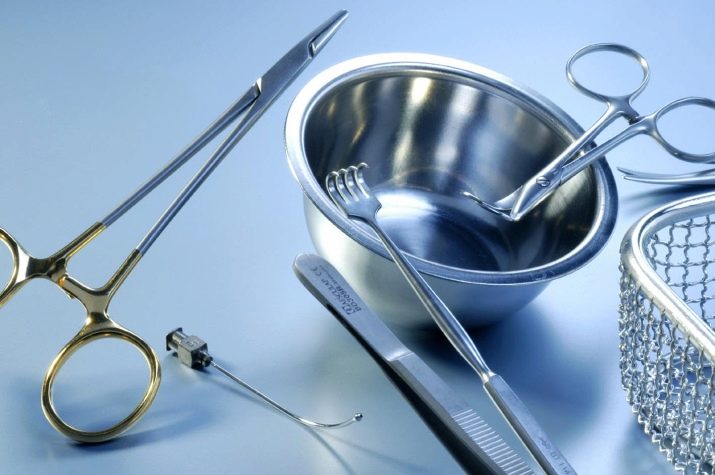
A laser is still at the development stage, which is planned to be used in medicine. The diamond plays the role of a conductor in its construction. Scientists hope that over time, such equipment will reduce the negative impact on the tissues of the human body and reduce the area of impact on healthy cells. This is very important when working with cancerous formations, when the usual operation with a scalpel does not allow you to accurately determine the area of tissue removal, so the surgeon has to touch healthy ones as well.
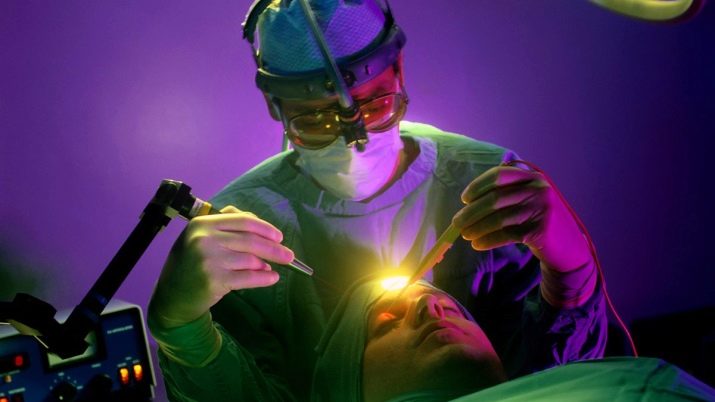
See the following video for diamond applications.








